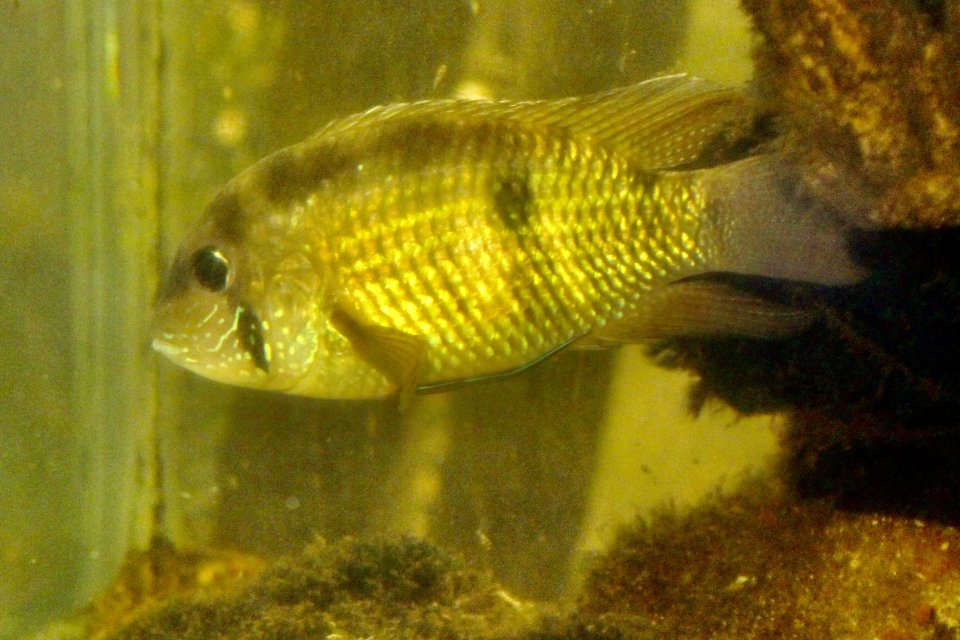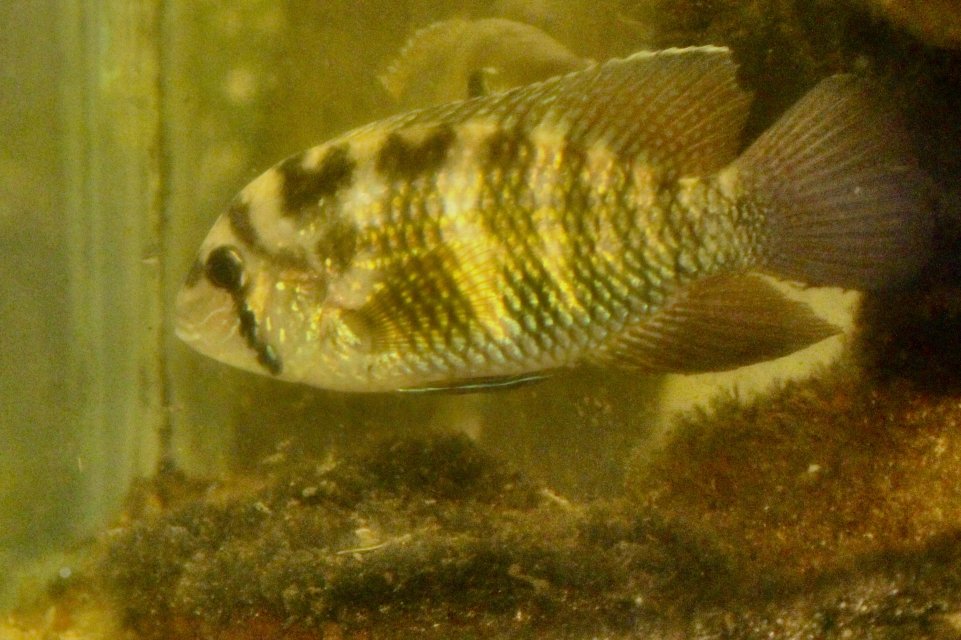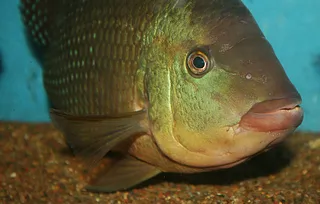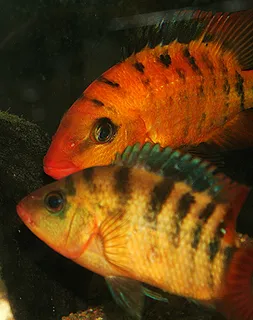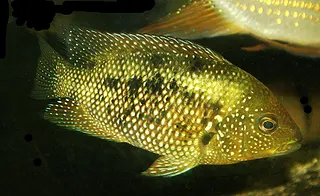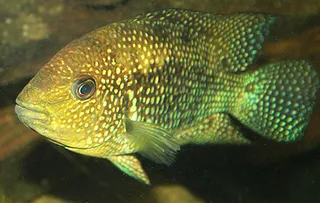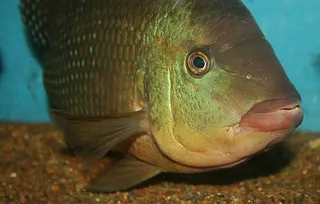There are a number of criteria and factors that can make or break a successful new world cichlid community tank.
One of those major factors is an individual species evolutionary geographic isolation,....and that isolaton can takes on a number of forms, and influece a cichlids ability, (or inability) to be maintained in a community setting.
Mountain ranges, deserts, isolated islands, even vast desertlike expanses underwater where long distances prevent species integration to other areas.
Below are a few examples of new world cichlids that often don’t fair well in a community setting because of their extended evolutionary geographic isolation…and if housed in a community setting, it usually ends up chaotic.
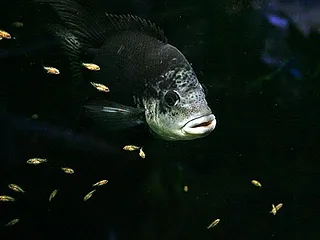
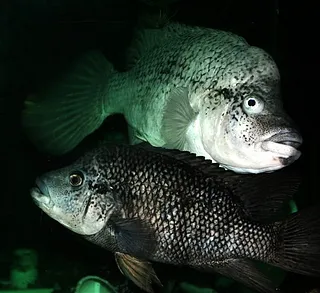
Nandopsis haitiensus is the only endemic cichlid found on the entire island of Hispaniola, and as such, it hardly ever works in a cichlid community tank, rarely tolerating the presence of any other cichlid species, even in a very large aquarium. In many cases if it can’t kill all other cichlids, it succumbs to a stress induced death itself.
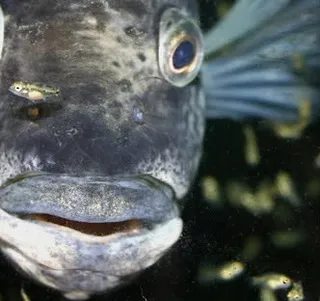
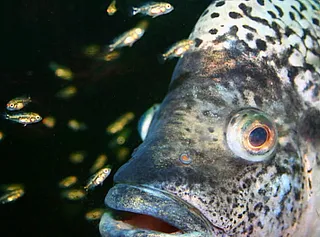
Another similar example from the same genus, is Nandopsis tetracantus, one of only 2 endemic cichlid species found on the island of Cuba, with each species found in normally separate habitats, on the island by geography. It is not uncommon at maturity for N tetracanthus to assassinate any other cichlids they are housed with.
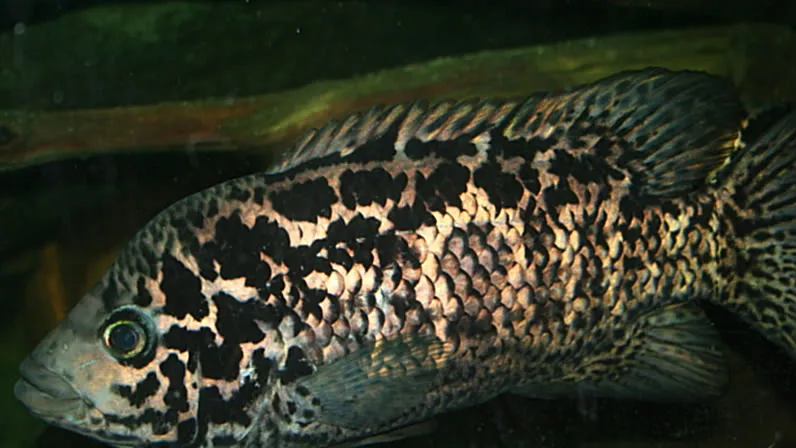
Male tetracantus above, female below
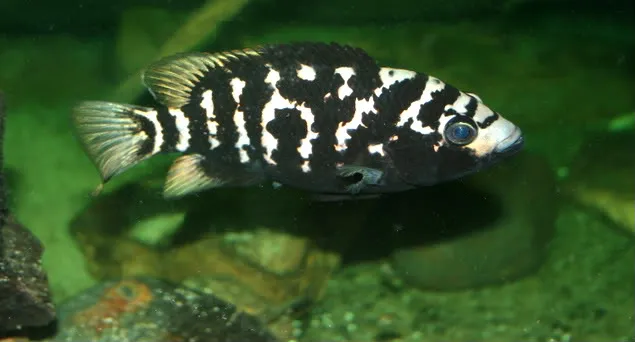
Even though tetracanthus remains about 1/3 smaller than haitiensis, I have found a 6 ft tank for a single pair alone is minimal.
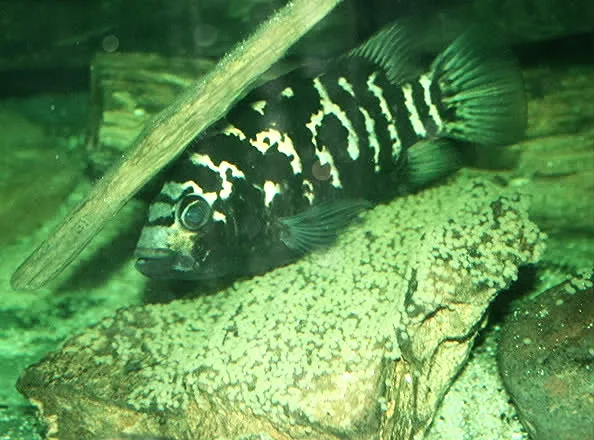
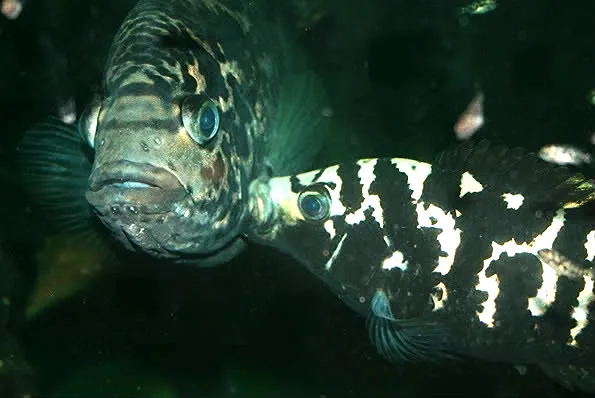
Although Mayaheros beanii is ¨not an island species¨, it is separated from other cichlid species by geography, being the only endemic cichlid found on the far north western Pacific coast, west of the Sierra Madre Occidental mountain range of Mexico. It is also a loner and seldom coexists well with any other species of cichlid in an aquarium.
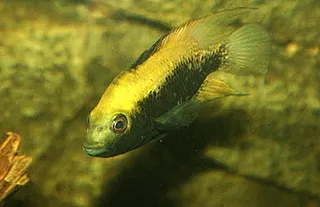
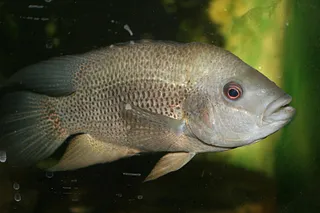
Female in spawning color left above, male right.
Beani juvies middle shot below
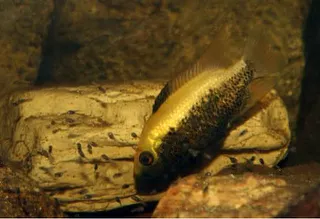
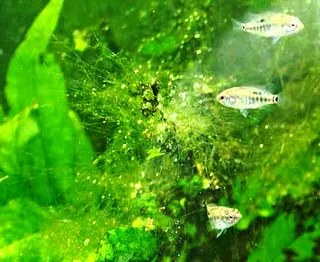
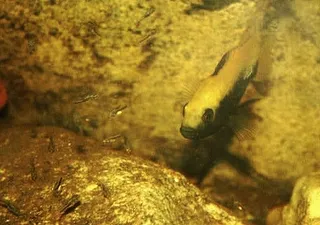
With all 3 of the above cichlids, at some point in their evolution, there may have been more cichlid species present, but circumstances such as availability of resource, and ability make use of available resources gave them enough of an edge, to have allowed only these 3 to thrive, in their respected habitats.
One of those major factors is an individual species evolutionary geographic isolation,....and that isolaton can takes on a number of forms, and influece a cichlids ability, (or inability) to be maintained in a community setting.
Mountain ranges, deserts, isolated islands, even vast desertlike expanses underwater where long distances prevent species integration to other areas.
Below are a few examples of new world cichlids that often don’t fair well in a community setting because of their extended evolutionary geographic isolation…and if housed in a community setting, it usually ends up chaotic.


Nandopsis haitiensus is the only endemic cichlid found on the entire island of Hispaniola, and as such, it hardly ever works in a cichlid community tank, rarely tolerating the presence of any other cichlid species, even in a very large aquarium. In many cases if it can’t kill all other cichlids, it succumbs to a stress induced death itself.


Another similar example from the same genus, is Nandopsis tetracantus, one of only 2 endemic cichlid species found on the island of Cuba, with each species found in normally separate habitats, on the island by geography. It is not uncommon at maturity for N tetracanthus to assassinate any other cichlids they are housed with.

Male tetracantus above, female below

Even though tetracanthus remains about 1/3 smaller than haitiensis, I have found a 6 ft tank for a single pair alone is minimal.


Although Mayaheros beanii is ¨not an island species¨, it is separated from other cichlid species by geography, being the only endemic cichlid found on the far north western Pacific coast, west of the Sierra Madre Occidental mountain range of Mexico. It is also a loner and seldom coexists well with any other species of cichlid in an aquarium.


Female in spawning color left above, male right.
Beani juvies middle shot below



With all 3 of the above cichlids, at some point in their evolution, there may have been more cichlid species present, but circumstances such as availability of resource, and ability make use of available resources gave them enough of an edge, to have allowed only these 3 to thrive, in their respected habitats.



